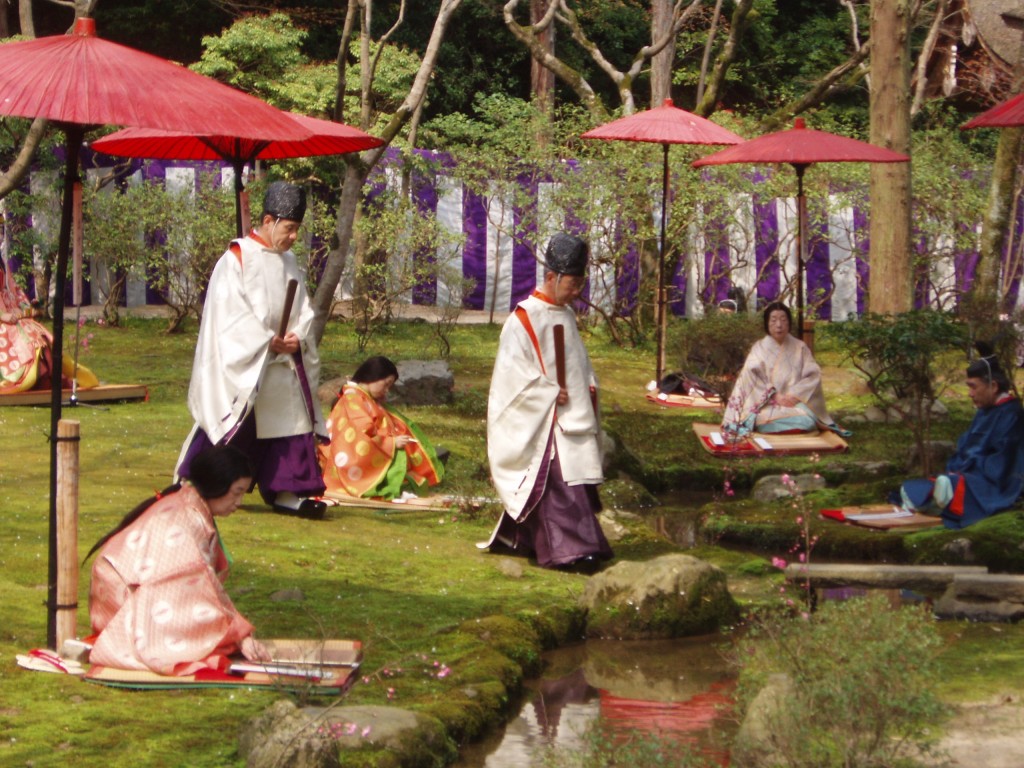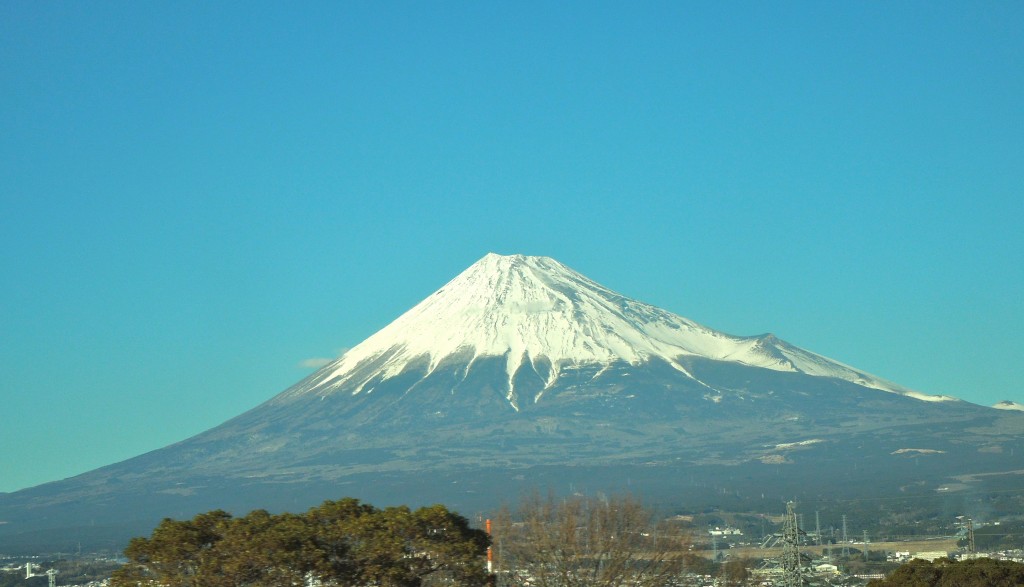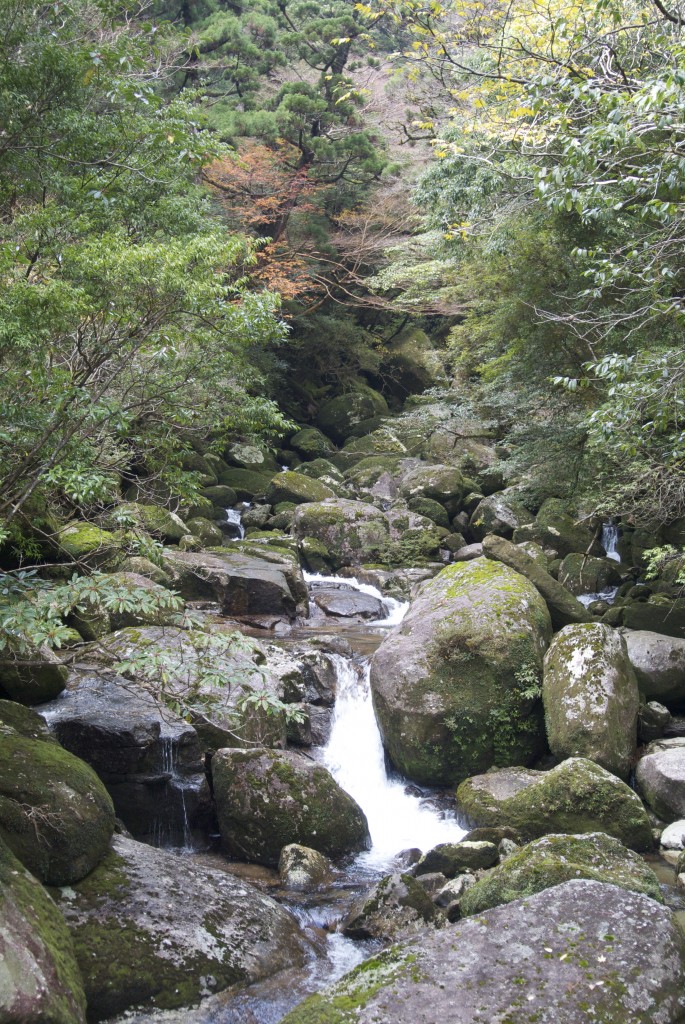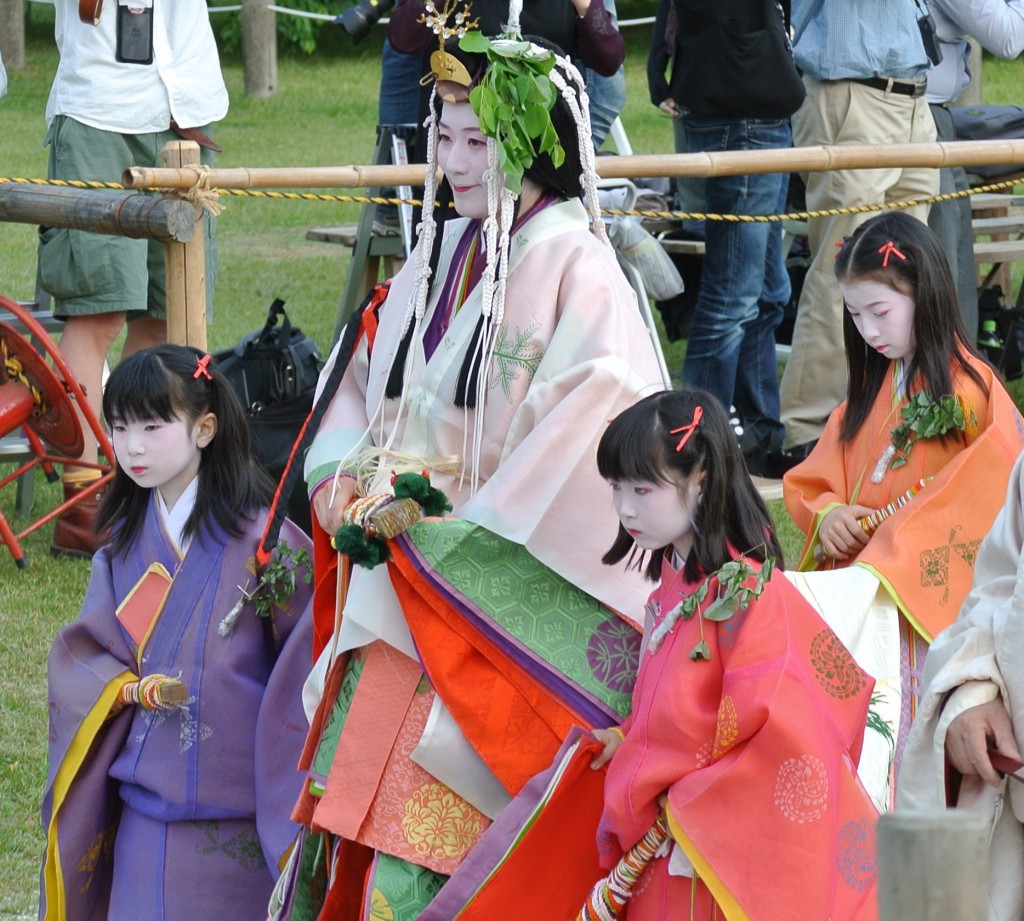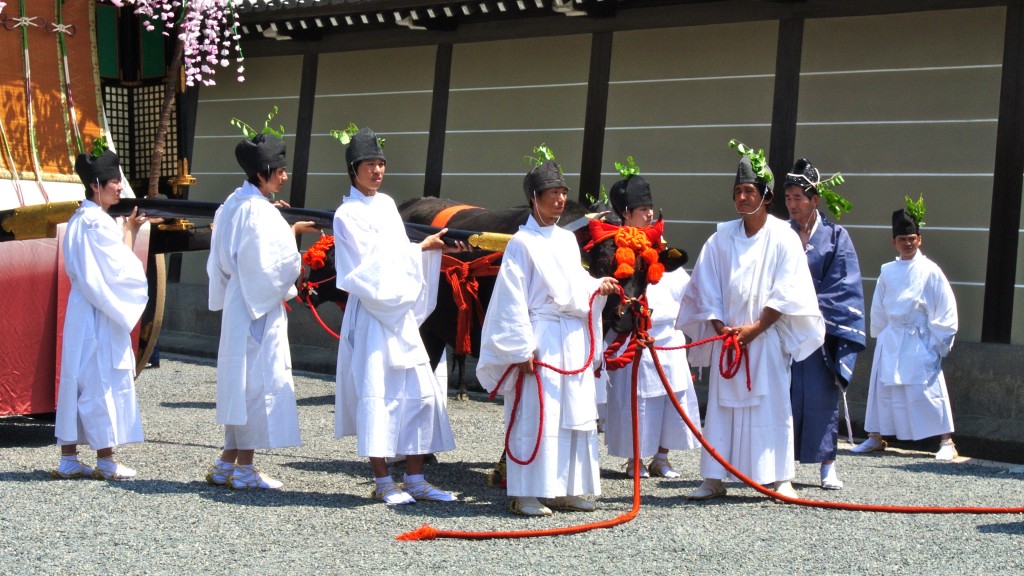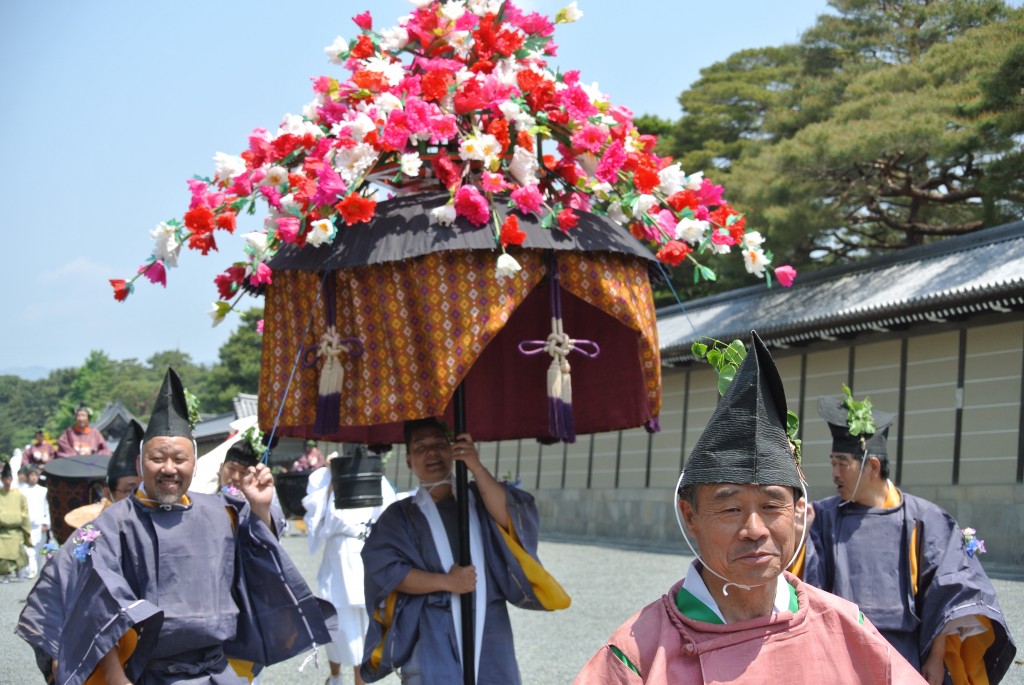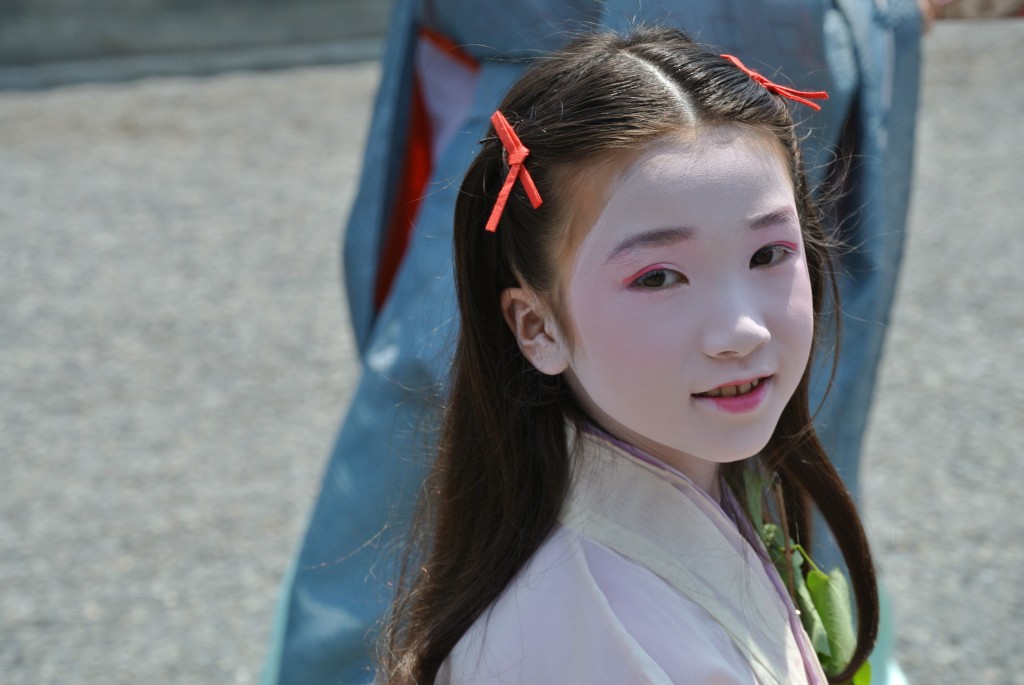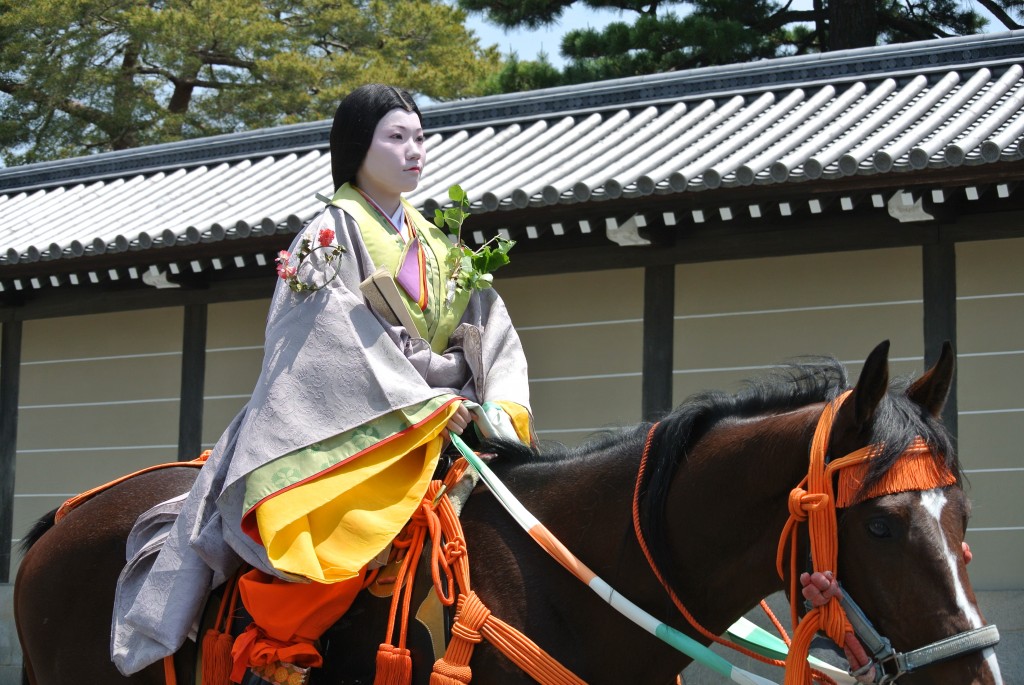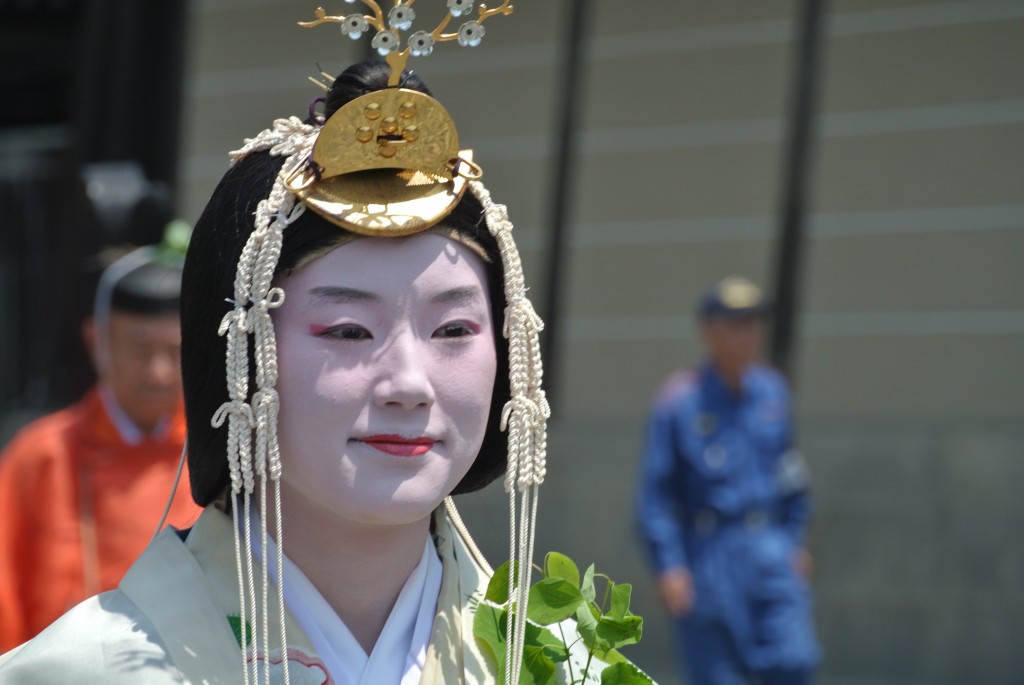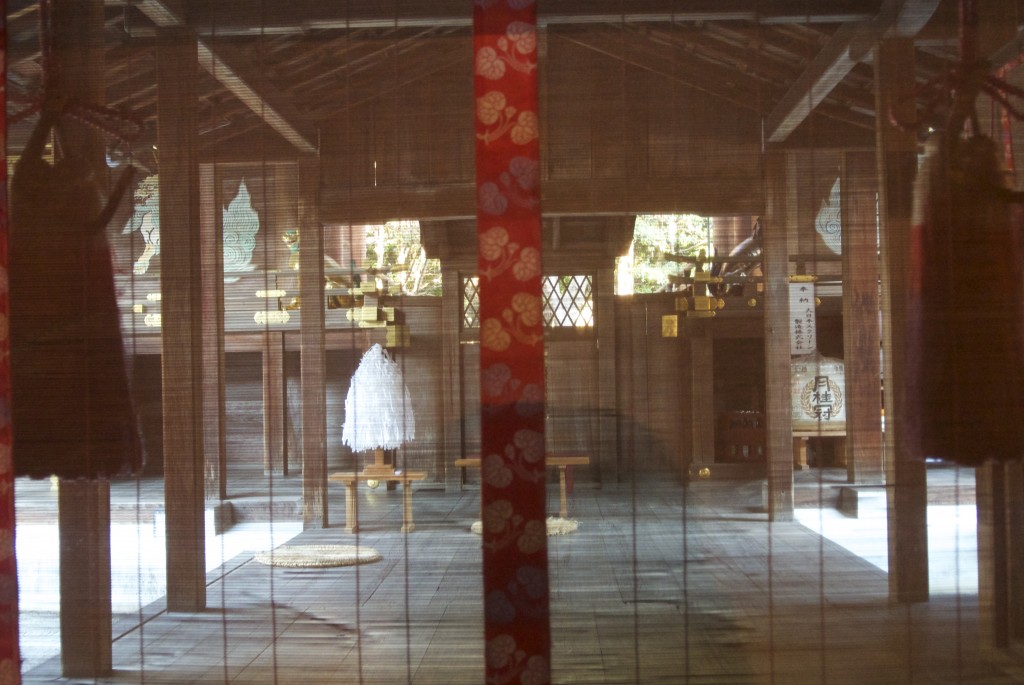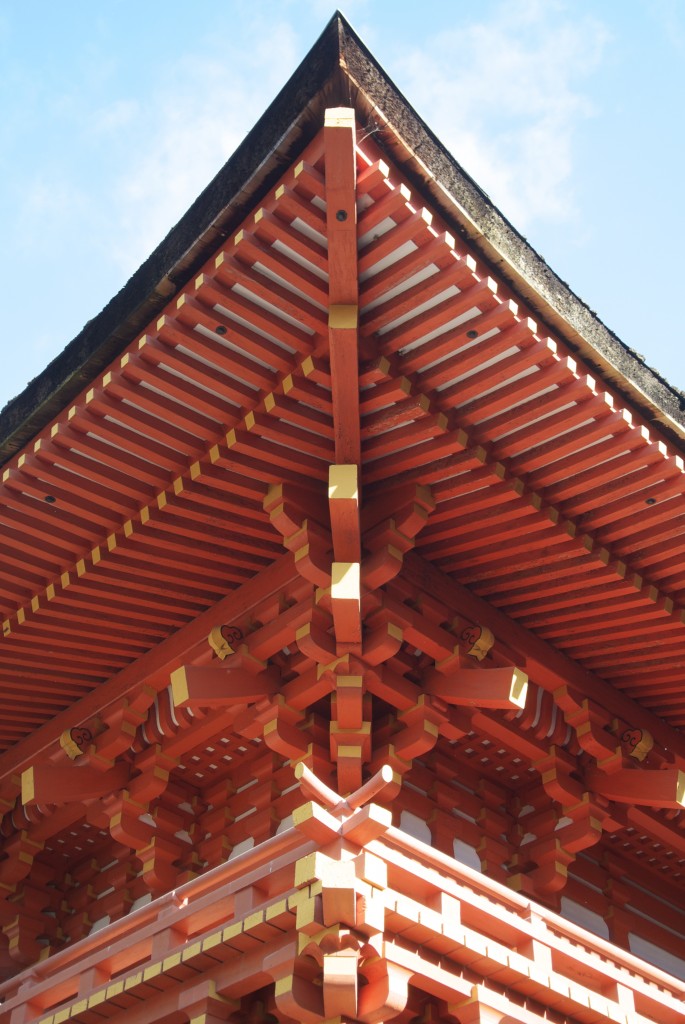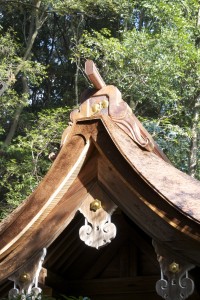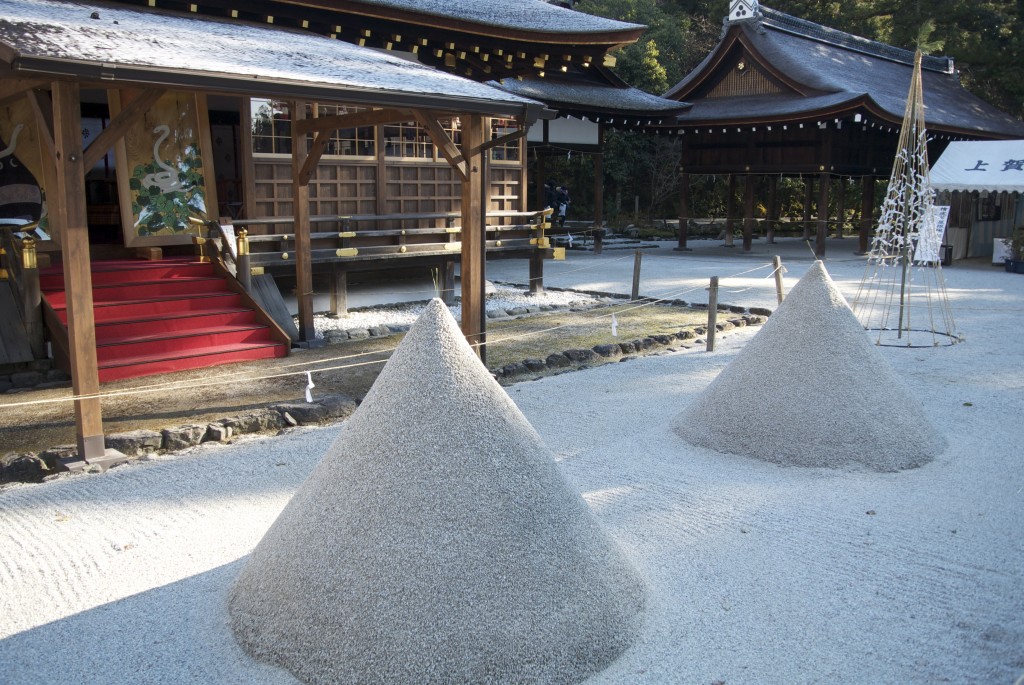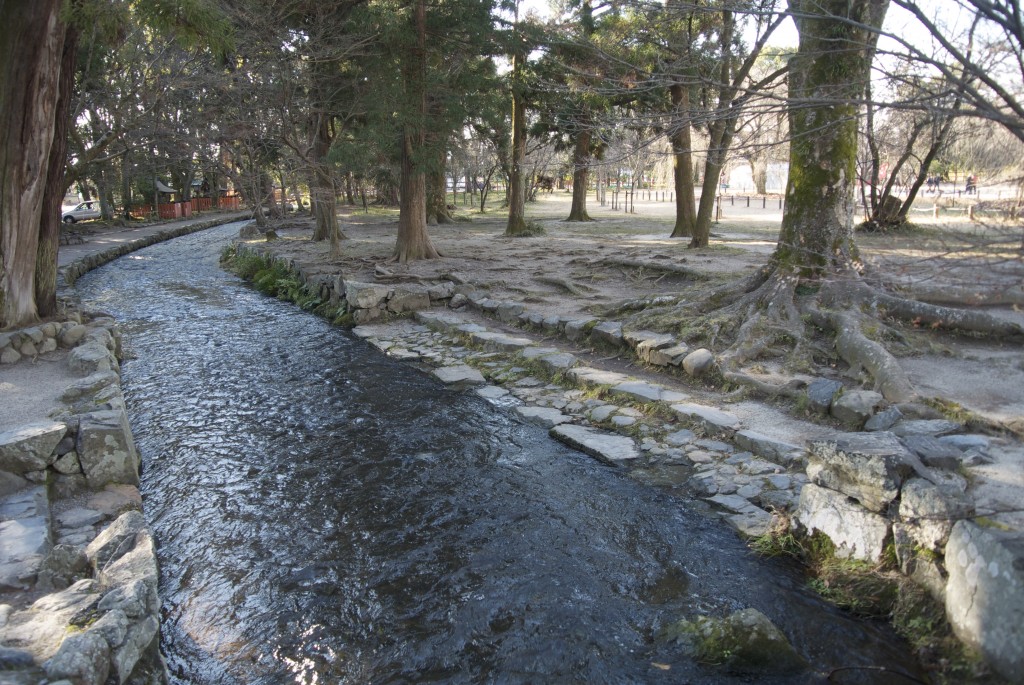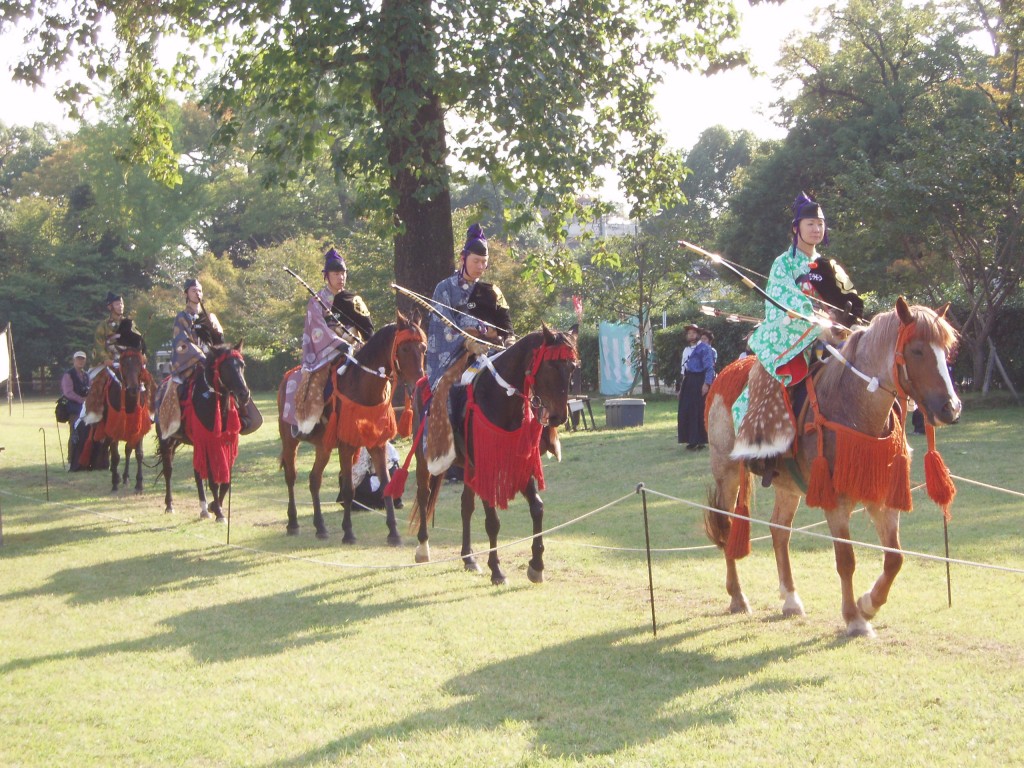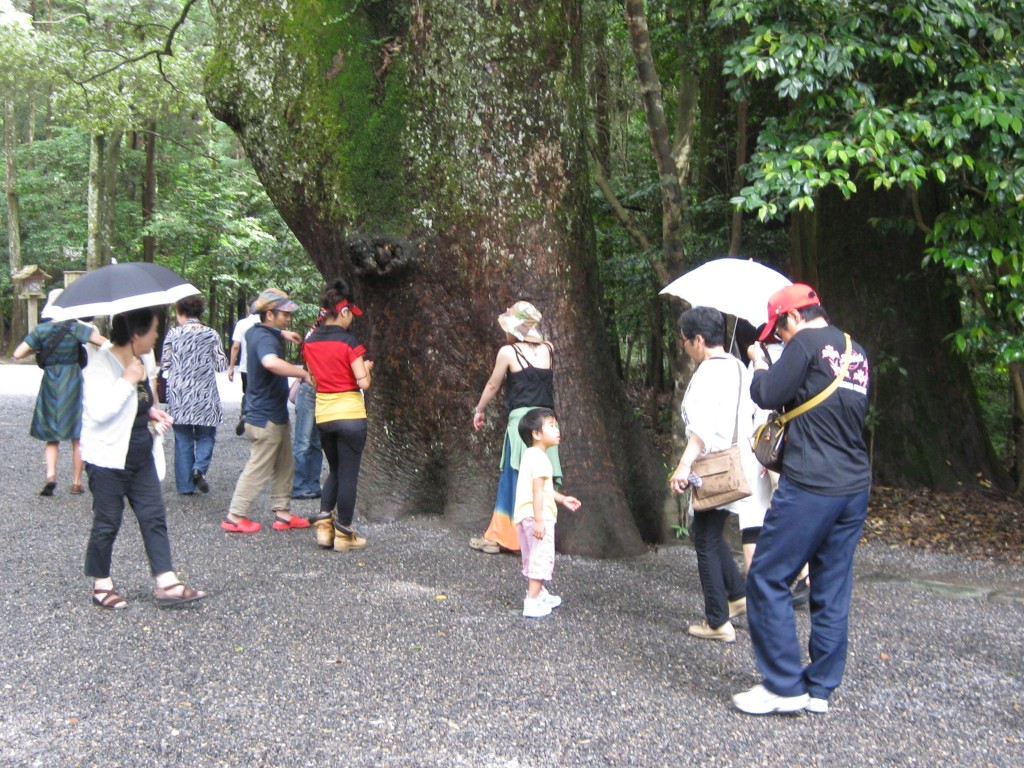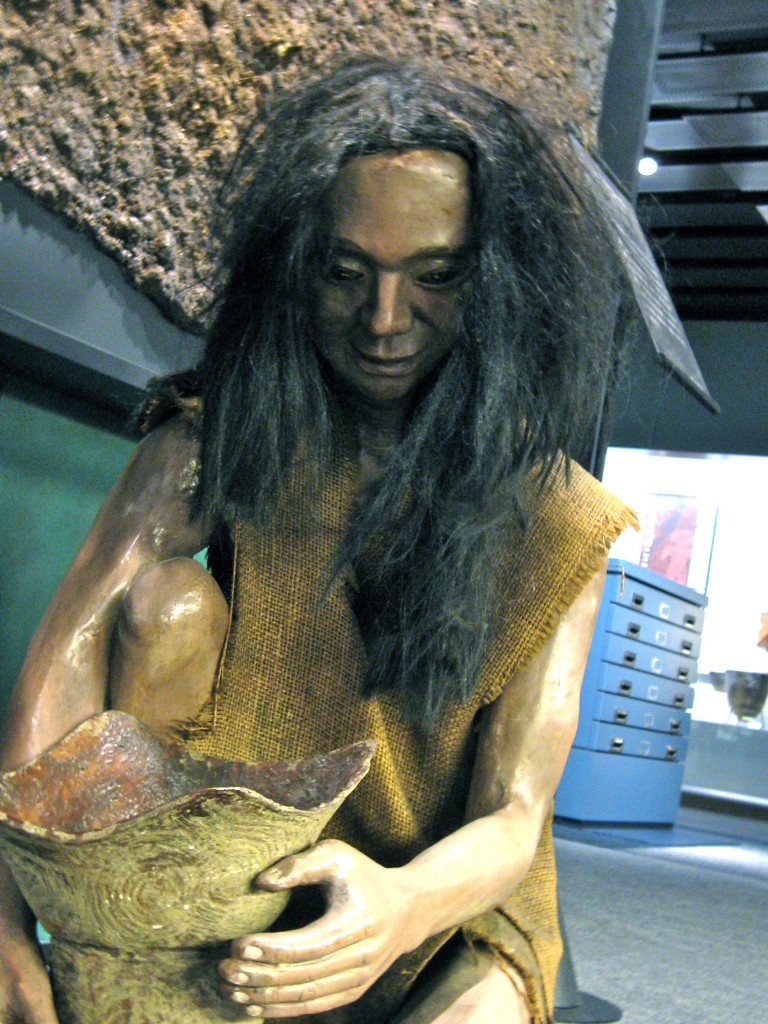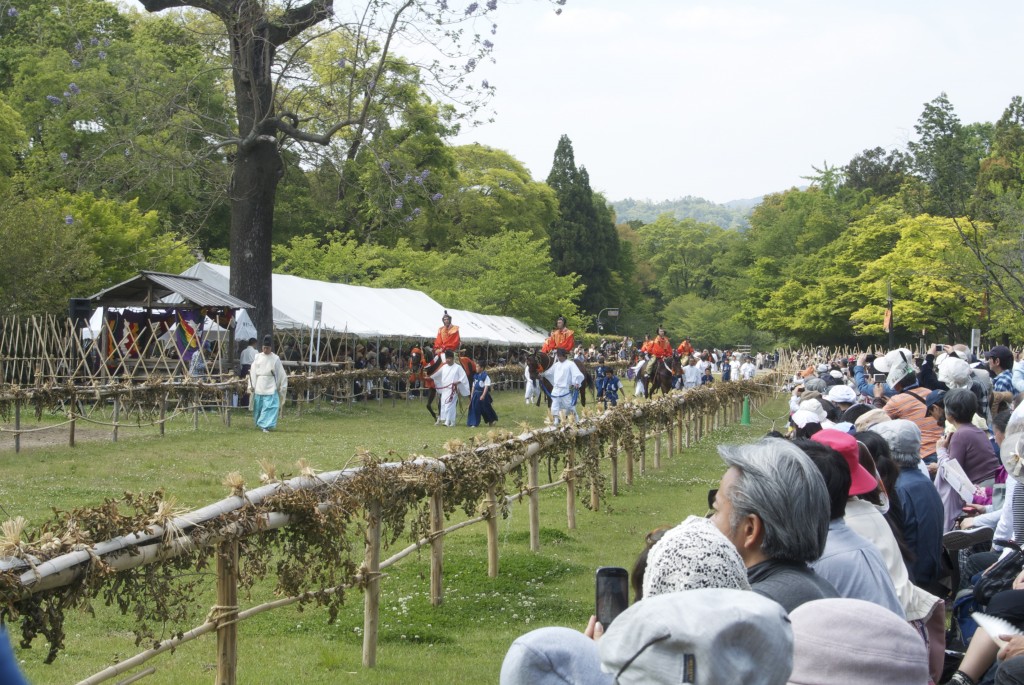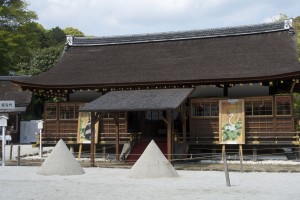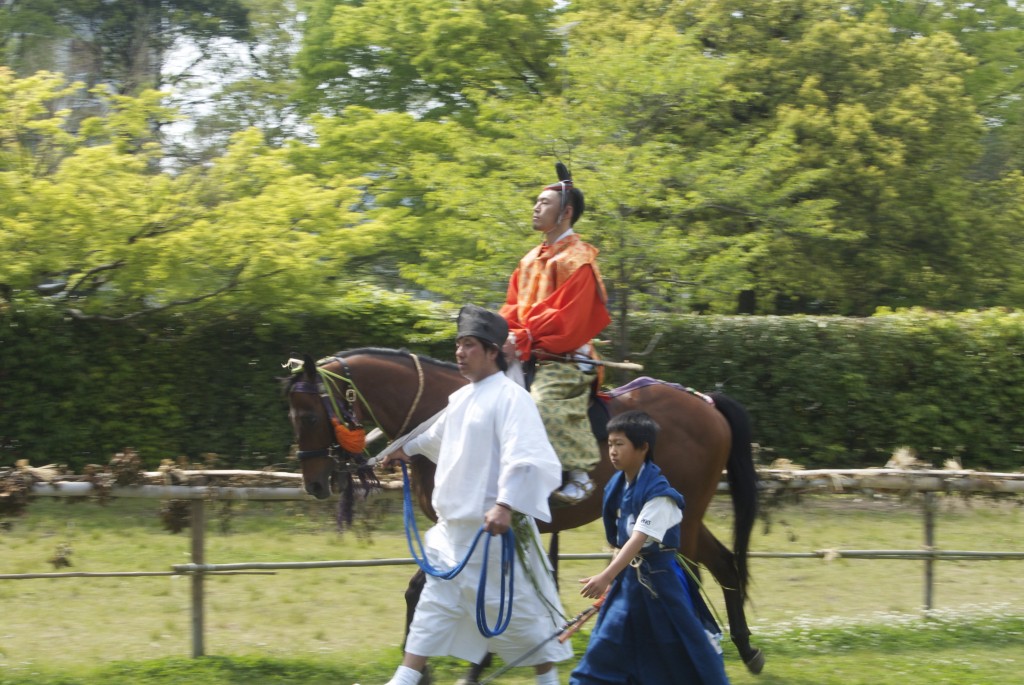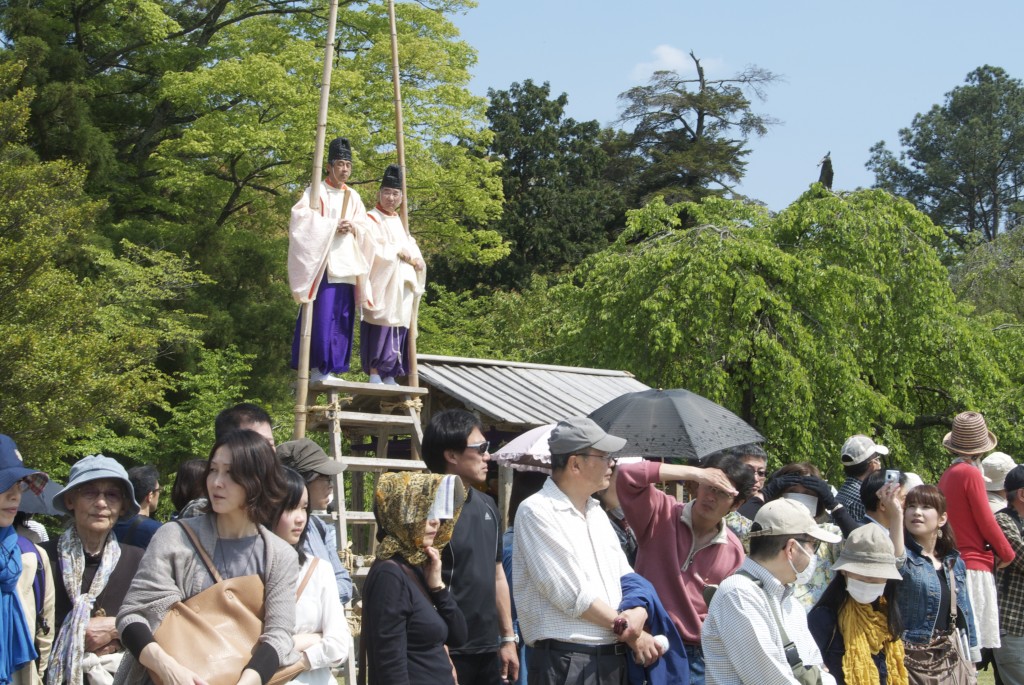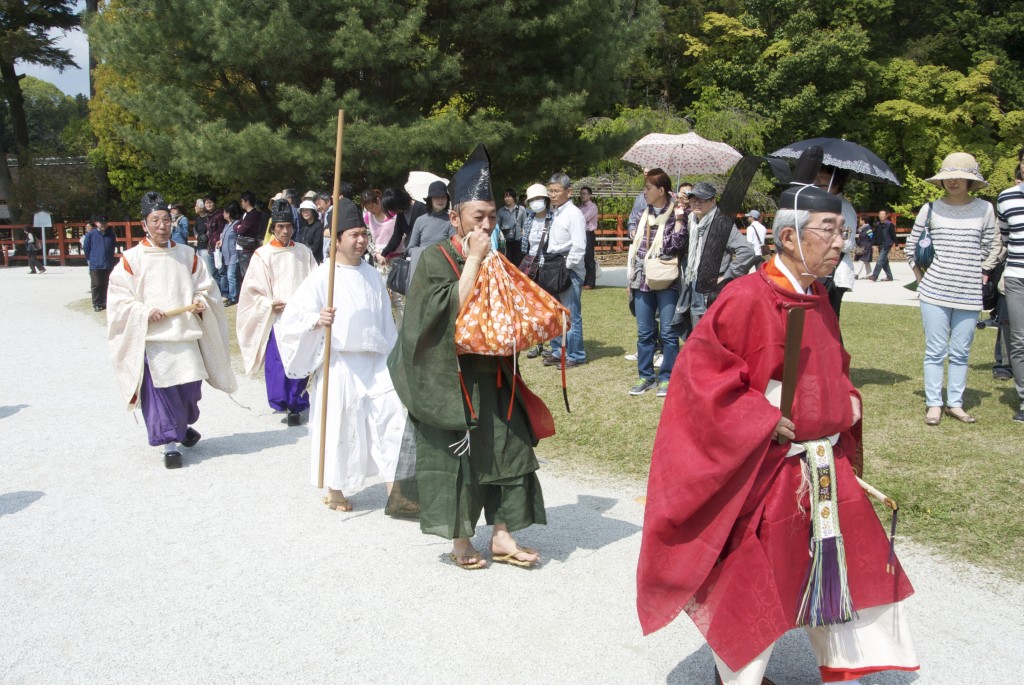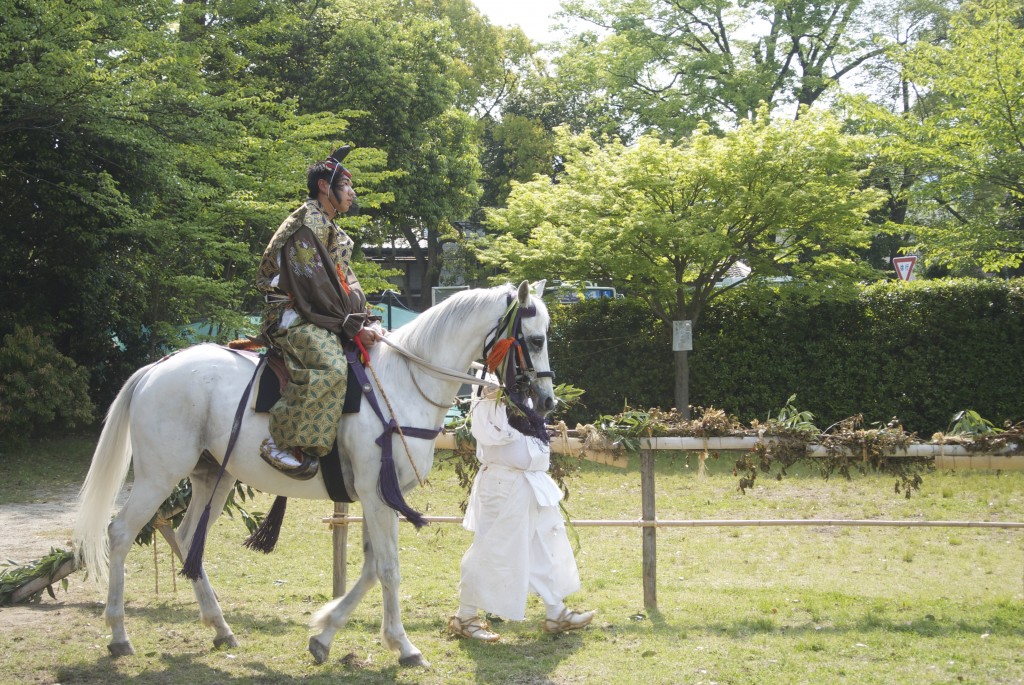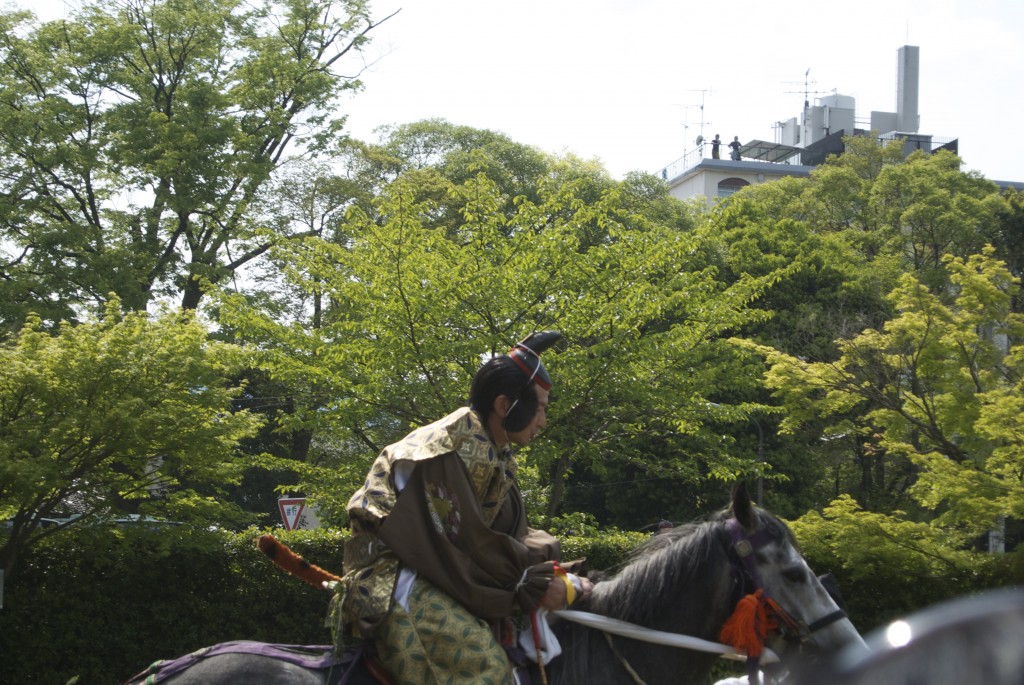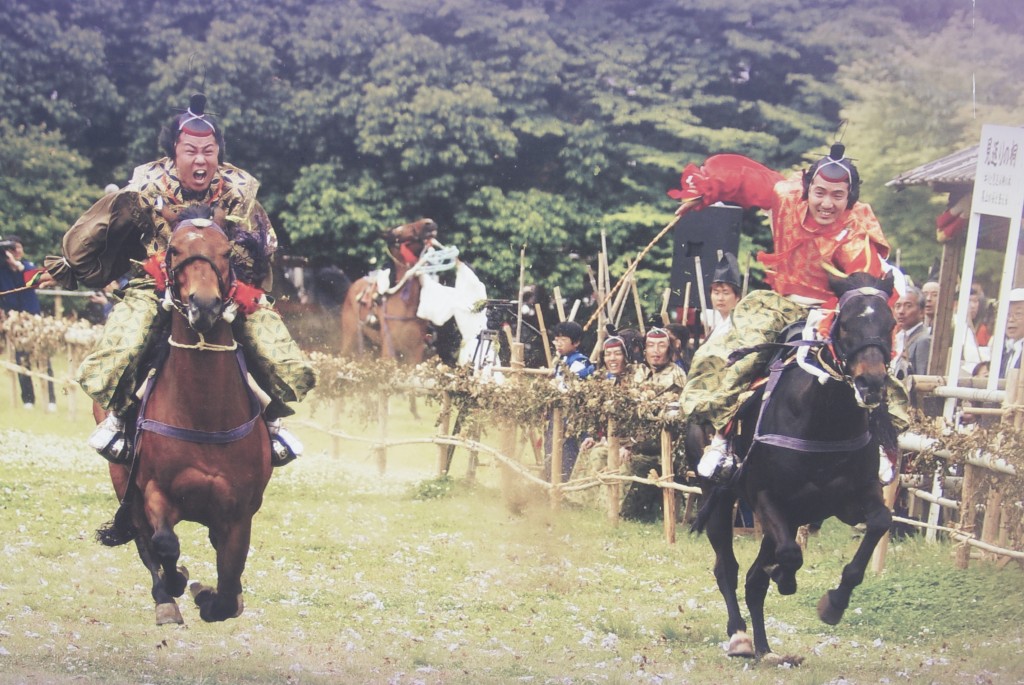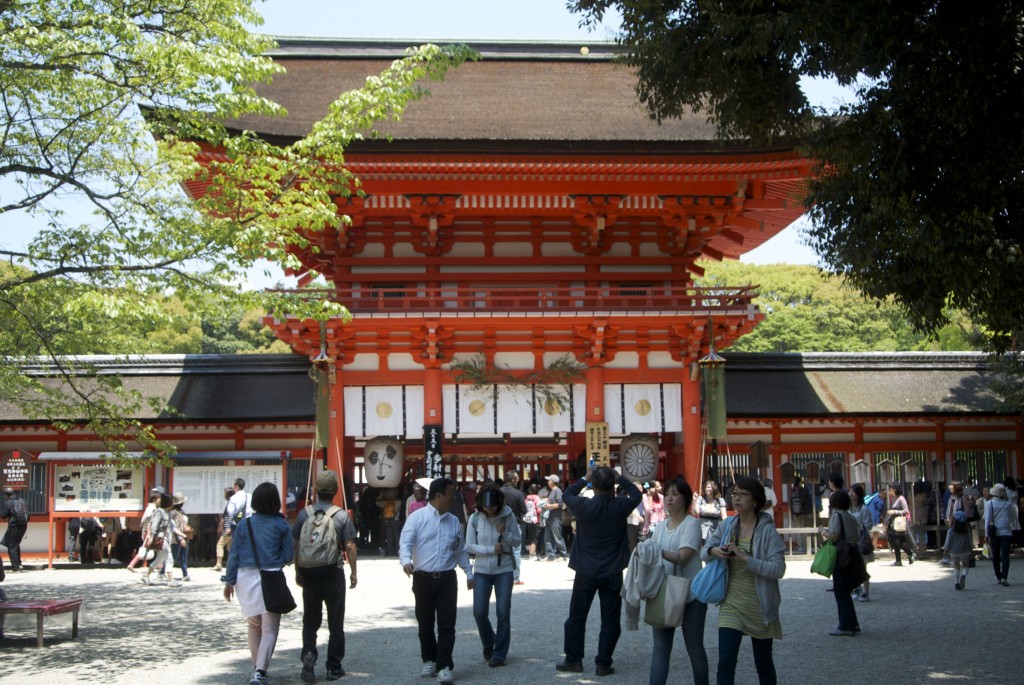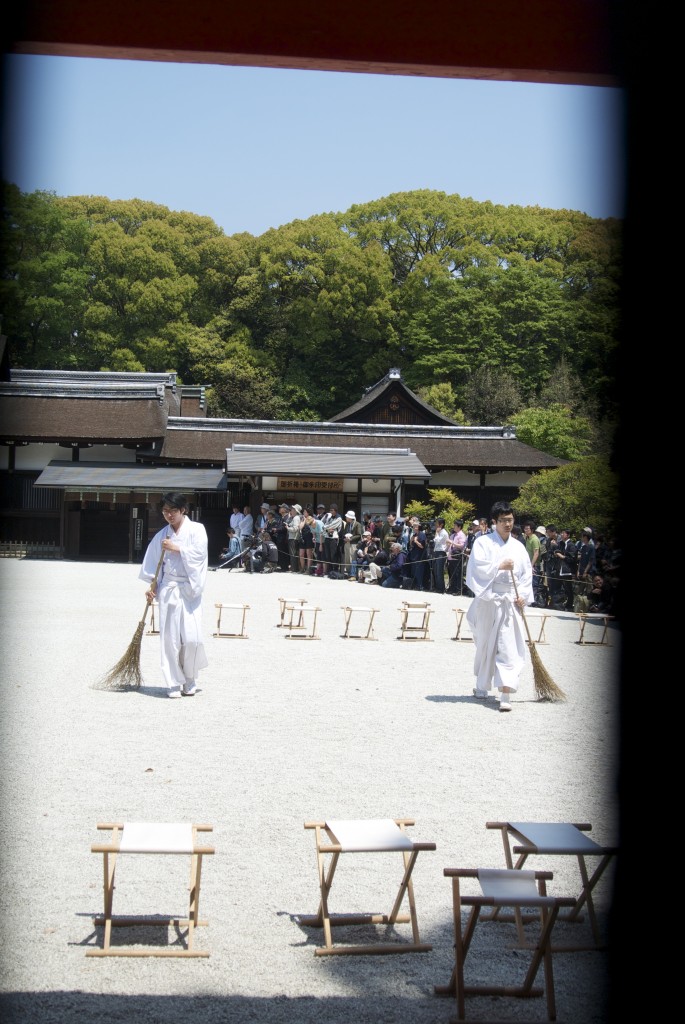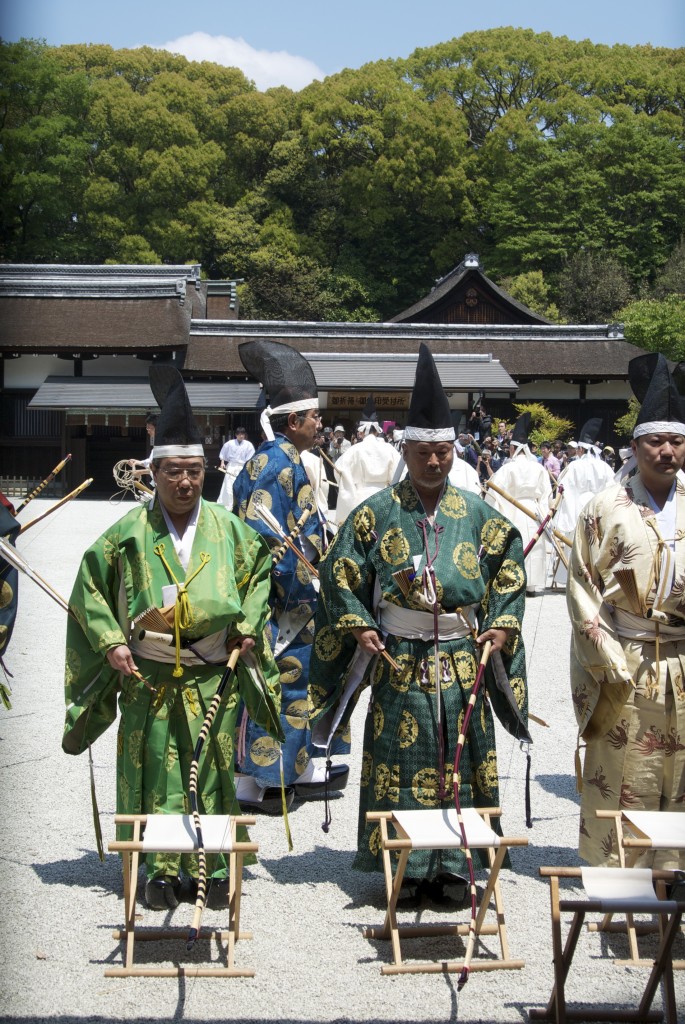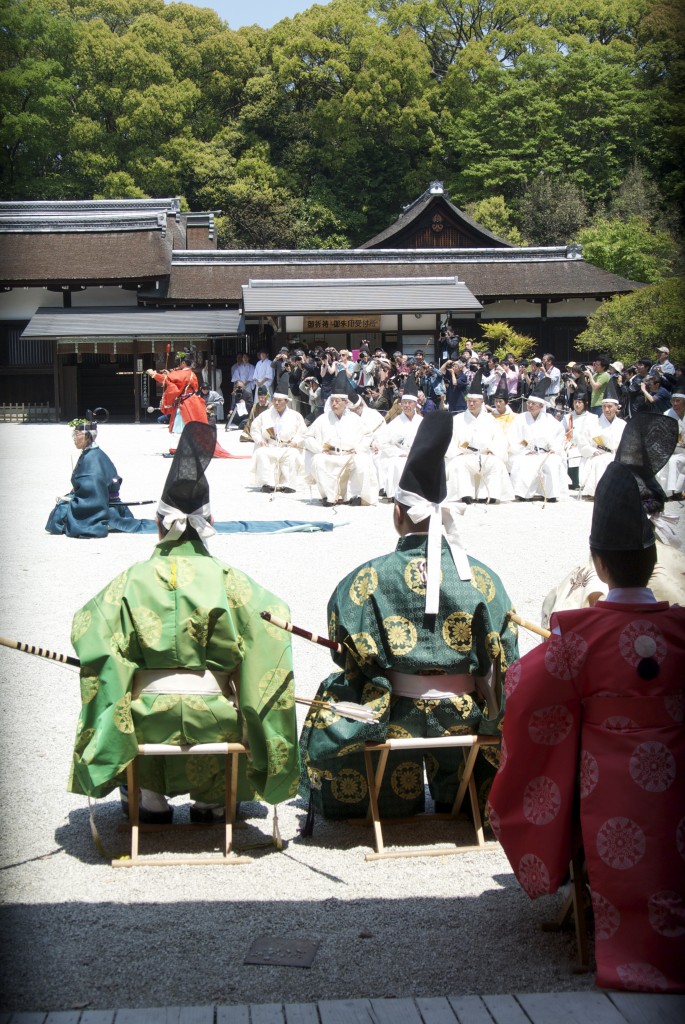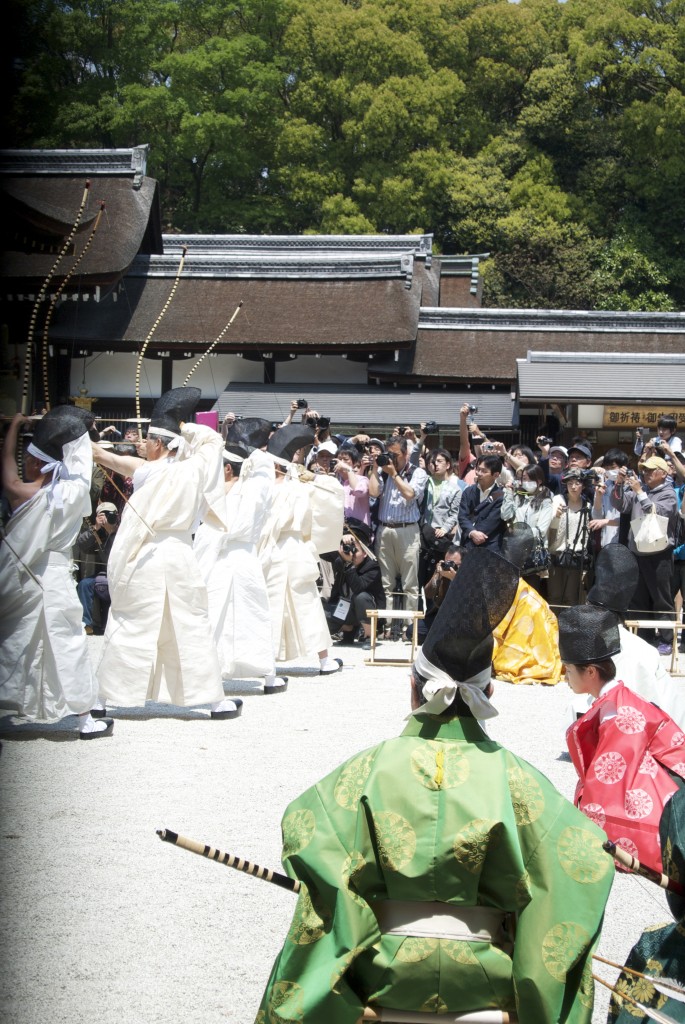One of my favourite writers about Japan, Michael Hoffman, has brought out a long article in the Japan Times today on Japan and notions of beauty, prompted by the current right-wing prime minister’s declaration that he wants to promote a ‘beautiful Japan’. What exactly he means is unclear, since his policies seem designed to foster the very opposite… monetarism, nationalism and the alienation of close neighbours.
*********************************************************************
‘Beauty’ as beheld in Japan through the ages
BY MICHAEL HOFFMAN May 12, 2013 Japan Times
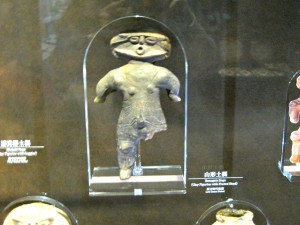
Dogu in the Kokugaku University museum
How far back should we take our story of Japanese beauty? We could, theoretically, take it very far back indeed — some 12,000 years, to the start of the prehistoric Jomon Period (circa 10,500-c.300 B.C.) and the emergence of the figurines known as dogū. These rank among the world’s oldest ceramic sculptures. They are starkly, shockingly beautiful; starkly, shockingly ugly too, as the nakedly primitive cannot help seeming to the civilized eye. Most of the figures depict pregnant women. Experts say they were probably fertility symbols — embodied prayers (to who knows what supernatural powers) for enhanced fertility.
Were they meant to be beautiful? Did the notion of beauty even exist then? A glimmer of it, perhaps? There is simply no knowing.
When Japanese civilization eventually awoke, it was to a sense of its own beauty. That’s unusual. Most early literature celebrates power rather than beauty.
But Japan was a “beautiful country” from infancy, a kind of Garden of Eden from which there was no Fall. Shy god meets shy goddess; they mate, and the goddess gives birth to “the Great-eight-island Land” — Japan.
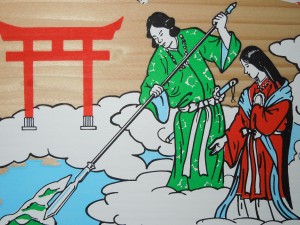
Izanagi and Izanami creating a divine world from primordial matter
Then, says the eighth-century chronicle “Nihon Shoki,” “Izanagi no Mikoto (the god) said: ‘Over the country which we have produced there is naught but morning mists that shed a perfume everywhere!’ So he puffed them away with a breath, which became changed into a god named Shina tohe no Mikoto” — the wind god.
“Moreover, the child they procreated when they were hungry was called Uka no mi-tama no Mikoto” — the food god. “Thereafter they produced all manner of things whatsoever” — a vast profusion of gods and goddesses, until Izanami, the mother-goddess, was horribly burned giving birth to the fire-god. But life was triumphant even in death, for Izanami’s putrefaction and Izanagi’s tears themselves became gods and goddesses, the “Nihon Shoki” recounts.
To the earliest Japanese whose minds are at all penetrable today — perhaps also to the Jomon people; certainly to their descendants, the Ainu of Hokkaido — the land was sacred. Rivers, trees, mountains, soil were worshiped before gods were.
“Our poetry appeared at the dawn of creation,” says the preface to the Kokinshu, a 10th-century poetry anthology. It was a poetry of beauty. “Poets praised blossoms, admired birds, felt emotion at the sight of haze, and grieved over dew.” Note the past tense; the writer (Ki no Tsurayuki, a poet himself) is praising poetry that already in his day was one, two or three centuries old — dating back almost to the very birth of Japanese literacy.
“The song of the warbler among the blossoms, the voice of the frog dwelling in the water — these teach us that every living creature sings. It is a song that moves heaven and earth,” said Ki no Tsurayuki. Birdsong is sound. Human song is poetry.
*********************************************************************
“Japan has become arguably the world’s ugliest country.”
That verdict is writer and conservationist Alex Kerr’s, in a noted book titled Dogs and Demons: Tales from the Dark Side of Japan (2001).
Kerr was born too late.
“These islands were once lovely in a way we can scarcely imagine,” writes historian Hiroshi Watanabe in his 2010 book A History of Japanese Political Thought, 1600-1901. The few Western visitors who saw it before pell-mell modernization began in the late 19th century, he says, “spoke almost universally of feeling that they had been transported to a dreamlike and enchanted land, like something in a fairy tale. … Edo (renamed Tokyo in 1868) was already one of the world’s most populous cities. Yet in it there was neither a single horse-drawn carriage nor a single steam engine to be seen. It must have been remarkably quiet, even in daytime. … There were no gas lamps or electric lights. On clear nights the sky above Edo was ablaze with the Milky Way; on nights when moon and stars were obscured, the streets were plunged in darkness. As a rule, people got about on foot.”
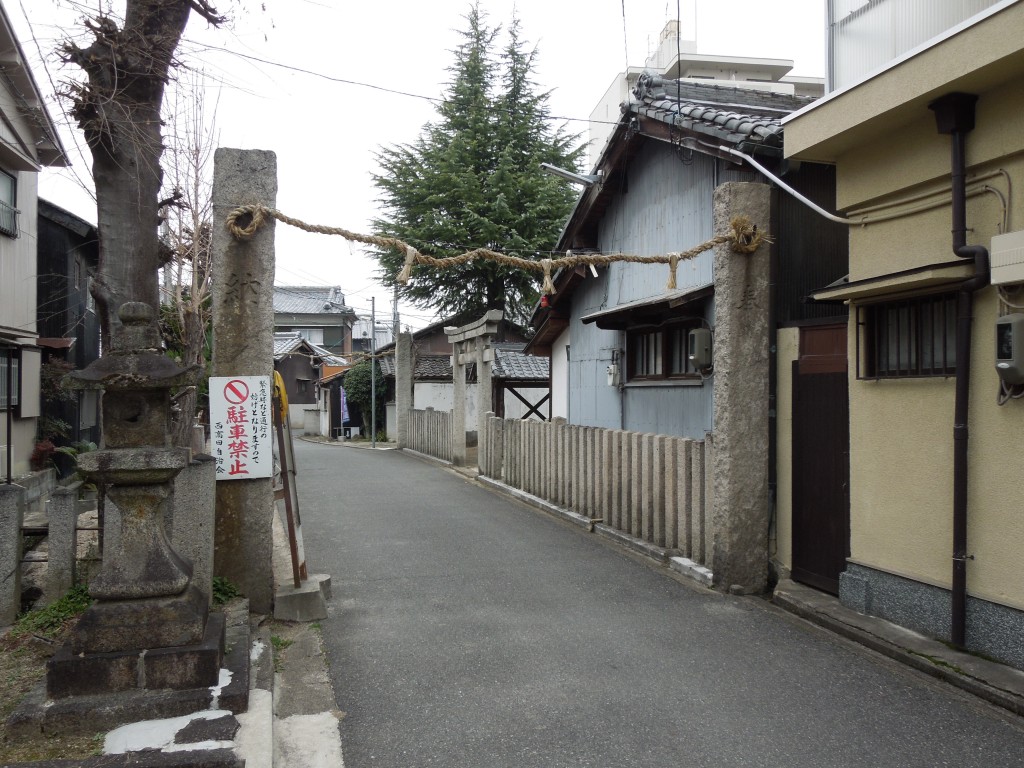
Once a shrine like this would have had an appealing charm and beauty. Now it's hemmed in by urbanisation that reflects values quite different from that of traditional aesthetics
Kerr, some 150 years later, indicts and convicts the “state-sponsored vandalism” of the postwar “construction state” — a nation 40 percent of whose budget funds public works projects, as against 8-10 percent in the United States, 4-6 percent in Britain and France.
He highlights the resulting ravages: “Across the nation, men and women are at work reshaping the landscape. … Builders of small mountain roads dynamite entire hillsides. Civil engineers channel rivers into U-shaped concrete casings. … The River Bureau has dammed or diverted all but three of Japan’s 113 major rivers. … The seaside reveals the greatest tragedy: By 1993, 55 percent of the entire coast of Japan had been lined with cement slabs and giant concrete tetrapods.”
And all this, Kerr laments, in a land whose native Shinto spirituality “holds that Japan’s mountains, rivers and trees are sacred, the dwelling place of gods.”
The Liberal Democratic Party, father and custodian of the “construction state” through 54 years of nearly unbroken rule beginning in 1955, fell to a wave of popular disgust in 2009. The incoming Democratic Party of Japan promised “people before concrete.” The “construction state” seemed doomed. But the novice government fumbled, surviving a mere three years.
The resurgent LDP under Abe now touts an old policy dressed up in a new name: “Abenomics.” An early manifestation was a ¥20.2 trillion emergency economic stimulus package. Concrete is back. Is concrete beautiful? Two decades of economic stagnation can make it seem so, if Abe’s approval ratings — consistently between 60 and 70 percent — mean anything.
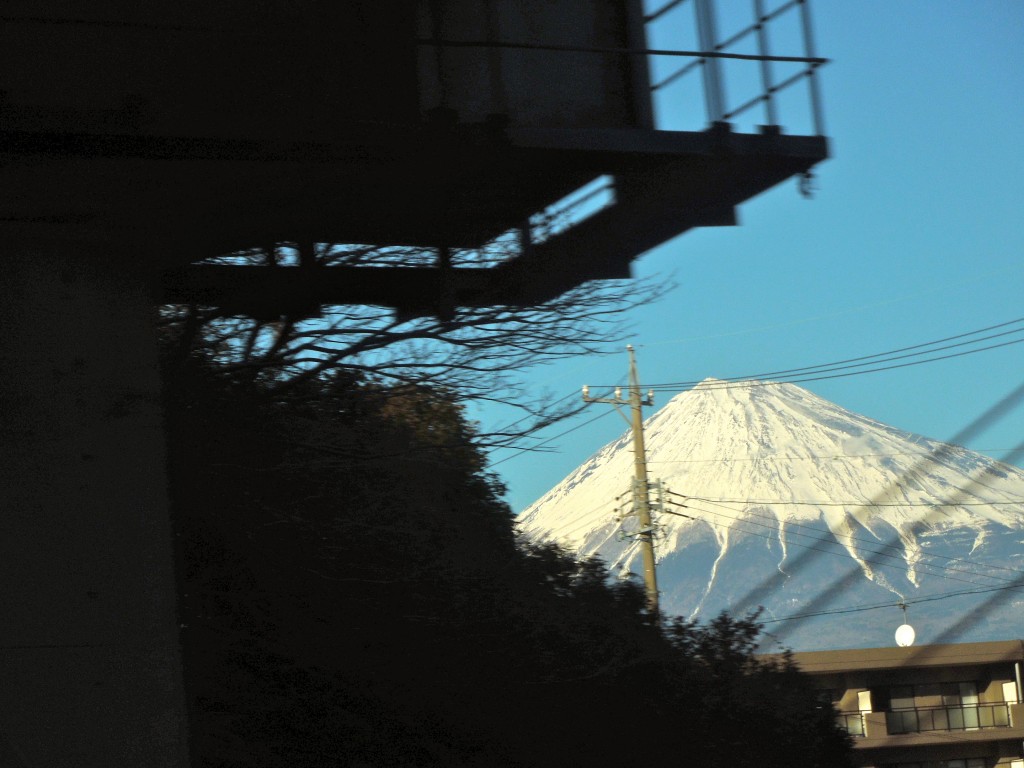
A new Japan is obscuring the beauty of the past

